Market Share
Fencing Market Share Analysis
In the intensely competitive phase of Fencing Market, companies use diverse share positioning strategies to outperform their competitors and seize more market share. Differentiation, one of the common approaches, focuses on the exclusiveness of fencing products or services of a business. It may involve designs of new form, advanced materials or better functionalities to serve specific clientele. Being different from the traditional is what stands businesses out when attracting their target consumers. Consequently, they are able to build a loyal customer base. Huge numbers of homes and businesses are being constructed across the planet on a daily basis. They also spend high amounts on renovation and remodeling of existing residential and commercial units and new units as well.
One of the strategies extensively employed is cost leadership in which companies try to be the low-cost providers of the market. This entails improving production techniques, choosing materials well, and redesigning operations to make the resulting product cost-effective. A cost-effective fencing solution without compromising on quality can enable companies to carve a niche in the market and become a leader in the industry. Cost leadership is frequently linked with large production runs that give manufacturers the ability to lower their costs as the volume rises.
The market segmentation is a fundamental part of market share positioning and it is a process where businesses divide the market into separate groups of customers, according to their demographic or geographic or behavioral factors. With the grasp of individual needs of different segments, companies designs their fencing products and advertising techniques that will be successful in targeting a particular segment of customers. This customized approach enables a greater share of the market, as different customer segments with varying tastes and needs may be addressed.
The Fencing Marketplace is also made up of strategic partnering and collaborations. Companies, for example, frequently develop partnerships with their vendors, distributors, or other market participants in order to strengthen their presence in the market. These kinds of alliances provide resources to new markets and technology, and distribution channels, enabling companies to extend their reach and obtain a competitive edge. Companies' joint ventures and collaborations do the job through the process of resource sharing, risk sharing, and tapping into each other's strengths so as to achieve the common goal in the market.

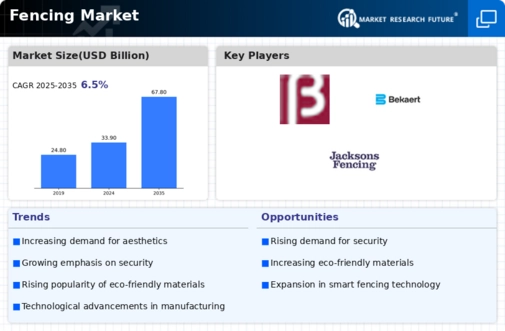
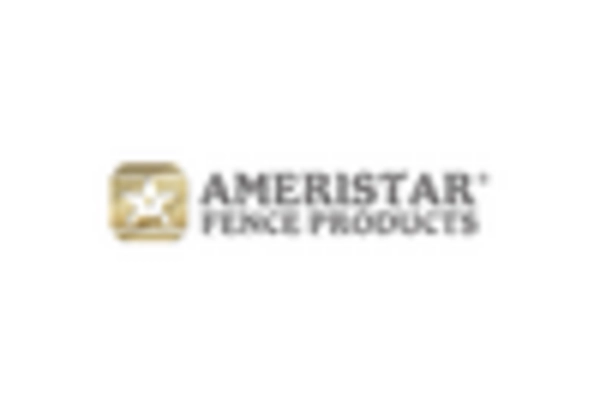

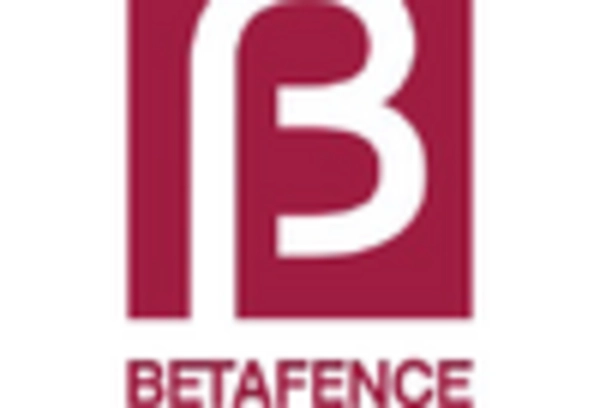
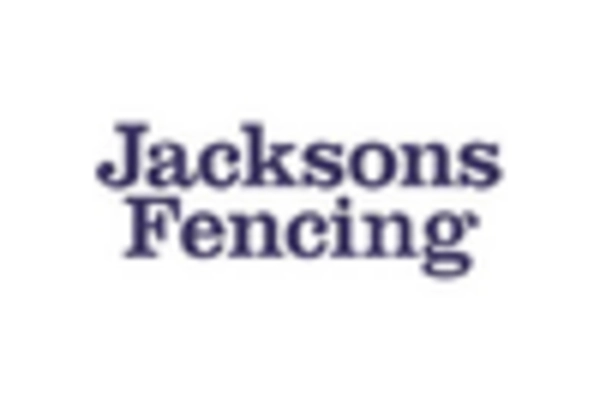
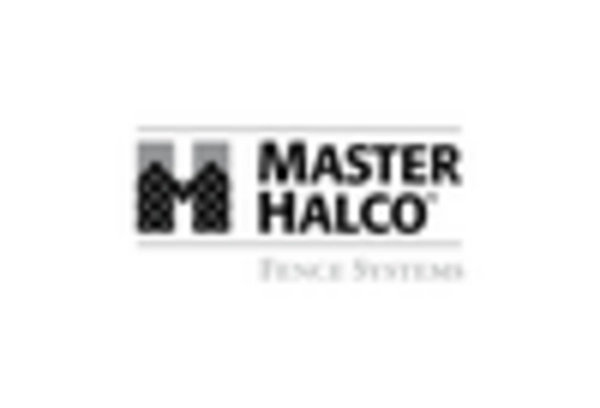










Leave a Comment